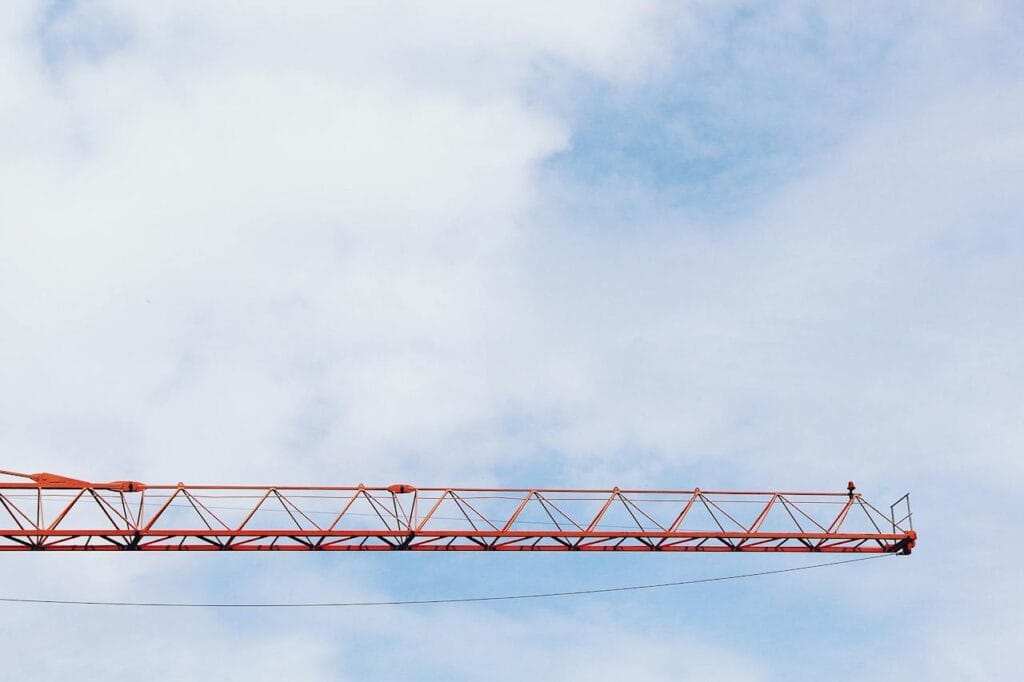In the realm of construction, the selection of the right crane is a critical determinant of project success. Choosing the appropriate crane services tailored to the specific requirements of the project is paramount for maximizing productivity, maintaining safety standards, and adhering to project timelines. Whether it’s a tower crane for vertical construction or a mobile crane for versatile on-site tasks, the careful consideration of crane services is fundamental to the overall success and smooth operation of construction endeavors.
Choosing the Right Crane for Your Construction Project
Selecting the appropriate crane for your construction project is a pivotal decision that directly influences efficiency, safety, and overall success. In the dynamic world of construction, where every project has unique requirements, understanding how to choose the right crane is essential.
Understanding Your Project Needs
To kick off the crane selection process, it is crucial to have a solid grasp of your project’s requirements. Begin by identifying the weight of the materials that need to be lifted and the height to which they must ascend. These fundamental details lay the groundwork for choosing a crane with the appropriate lifting capacity and reach.
Once you have these specifics in hand, it becomes easier to determine the crane type that aligns with your project’s demands. Whether it’s a mobile crane, tower crane, or crawler crane, each type is designed for specific tasks. Mobile cranes, for instance, are known for their versatility and suitability across various sites. On the other hand, tower cranes excel in constructing tall structures, and crawler cranes are adept at navigating rough terrains.
Considering Terrain and Site Conditions
The terrain and site conditions where the crane will operate play a pivotal role in its effectiveness. Different cranes are designed to perform optimally in specific environments. For projects with uneven or soft terrains, a crawler crane’s stability becomes indispensable. Conversely, if your project site boasts a flat and stable surface, a mobile crane may prove to be the more adaptable choice.
Accounting for Weather Conditions
Weather conditions have the potential to impact crane performance significantly. Factors like strong winds, rain, or extreme temperatures can pose challenges during construction. It is imperative to ensure that the crane you choose has equipment to handle prevailing weather conditions. Some cranes come with features such as wind speed monitors and cold-weather kits, enhancing their adaptability to diverse climates.
Prioritizing Safety Features
In the construction industry, safety is non-negotiable. When selecting a crane, prioritize those which have equipment with the latest safety features. These may include load monitoring systems, anti-collision technology, and emergency shut-off controls. The incorporation of such features not only safeguards your workers but also mitigates the risk of potential damage to the crane and the construction site.
Evaluating Accessibility
Considering the accessibility of your project site is another crucial aspect of crane selection. Some cranes are inherently more maneuverable than others, making them better for small spaces. Mobile cranes, for example, boast the ability to navigate tight areas with ease. Conversely, tower cranes require more space for setup and operation. Choosing a crane that aligns with the navigational demands of your project site is vital to ensure both efficiency and safety.
Assessing Cost Factors
While budget considerations are undeniably significant, it is equally important not to compromise on quality for the sake of cost savings. Evaluate the overall cost of crane rental, encompassing maintenance, transportation, and operating expenses. While investing in a crane that meets your project’s requirements may appear costlier initially, it can prove to be a wise investment in the long run by preventing delays and potential accidents.
Consulting with Crane Experts
If the process of selecting the right crane seems overwhelming, do not hesitate to seek guidance from crane experts. Professionals in the field possess valuable insights which they derive from their extensive experience. They can assess your project’s unique needs and recommend the most suitable crane for optimal performance.
Preventive Maintenance for Cranes
Construction projects rely heavily on cranes for lifting and moving heavy materials. To keep cranes operating smoothly and safely, preventive maintenance is crucial. Whether you own cranes or utilize crane rental services VA, implementing a proactive maintenance strategy is essential to ensure the longevity and optimal performance of these critical construction assets. Regular inspections, lubrication, and addressing minor issues promptly are key practices that contribute to the reliability and safety of cranes.
Understanding Preventive Maintenance
Preventive maintenance is about taking proactive steps to avoid breakdowns and ensure the continuous and safe operation of cranes. Instead of waiting for a problem to occur, regular checks and repairs are to keep the crane in optimal condition.
Regular Inspection of Key Components
One essential aspect of preventive maintenance is regularly inspecting key components of the crane. This includes checking the cables, hooks, and load chains for any signs of wear or damage. Identifying and addressing these issues early prevents more significant problems from arising.
Lubrication to Reduce Friction
Lubrication is a simple yet effective preventive measure. Regularly applying lubricants to moving parts helps reduce friction, preventing premature wear and tear. This ensures that the crane operates smoothly and extends its overall lifespan.
Checking Electrical Systems
Cranes rely on electrical systems for various functions. Regular checks of the wiring, connectors, and controls help identify and address potential electrical issues before they escalate. Ensuring the proper functioning of the electrical components is vital for the crane’s overall safety and performance.
Inspecting Hydraulic Systems
Hydraulic systems play a crucial role in crane operations. Regular inspections of hydraulic hoses, pumps, and cylinders are essential to detect leaks or malfunctions. Addressing these issues promptly prevents larger problems and ensures the crane’s stability during lifting operations.
Monitoring the Structural Integrity
The structural integrity of the crane is paramount for safety. Regular inspections should focus on the crane’s frame, boom, and other structural components. Any signs of cracks, rust, or deformities need immediate attention to avoid compromising the crane’s stability.
Addressing Wear and Tear Promptly
In the daily operations of cranes, wear and tear are inevitable. Preventive maintenance involves promptly addressing any wear and tear during inspections. This can include replacing worn-out parts, tightening loose connections, and ensuring that the crane remains in optimal working condition.
Conclusion
In the dynamic and diverse landscape of construction projects, the choice of a crane is a decision that necessitates careful consideration. By comprehensively understanding project requirements, site conditions, and safety considerations, coupled with a commitment to proactive preventive maintenance, construction professionals can ensure the optimal performance, safety, and longevity of their cranes. Consulting with experts and investing wisely in equipment for specific project demands, including efficient rigging services DC, will undoubtedly contribute to project efficiency and success.



